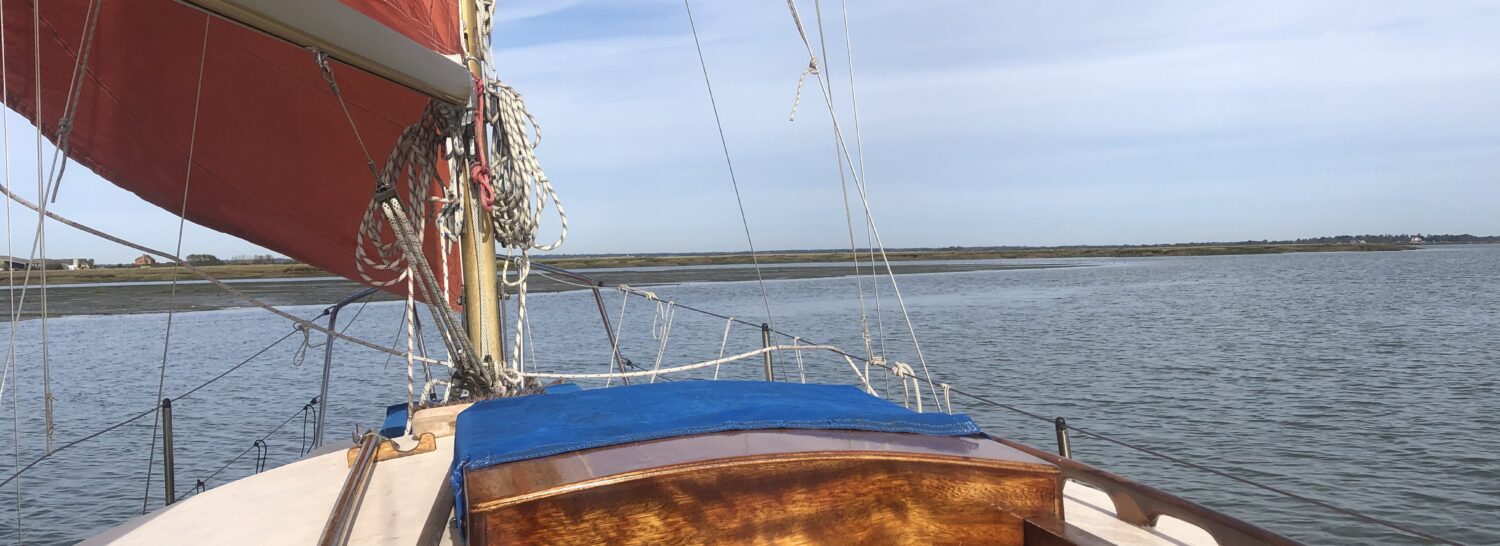I have visited the Nottage Institute once before. It was some years ago when sailing with my sister and two other friends as crew. We’d come up on the tide for some stores.
We enjoyed an early morning sail up to Wivenhoe on the last of the flood and managed to get into one of the two moorings kept for visitors by the Wivenhoe Sailing Club – a generous act: no charge is made. They also provide a card to access showers…
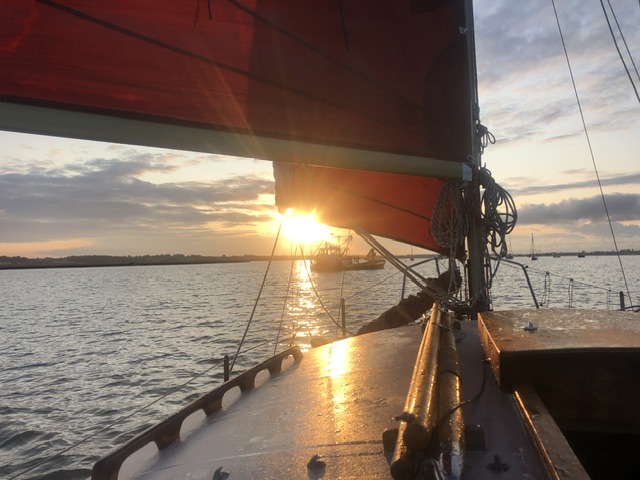
Passing, Christobel spotted a sign for an art exhibition upstairs, so in we went. The works were by local artists.
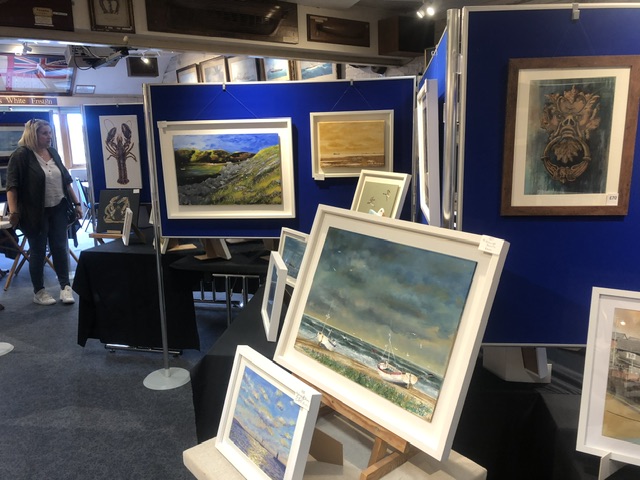
For me though, the real art was below in the boat shed where I could see a number of dinghies under construction.
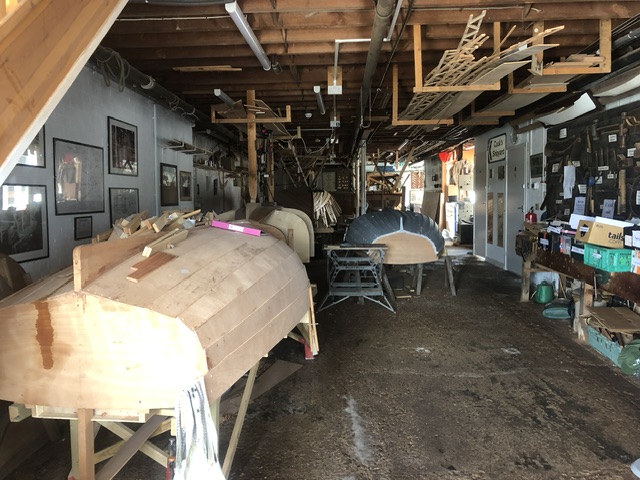
The Nottage Institute was set up as an education base by a Captain Charles Nottage in 1896 for fisher folk and ‘Colnesiders’. In time it spread its wings into educating men and women in boat crafts such as boat building (dinghies) and navigation learning. It is now an affiliated RYA training centre.
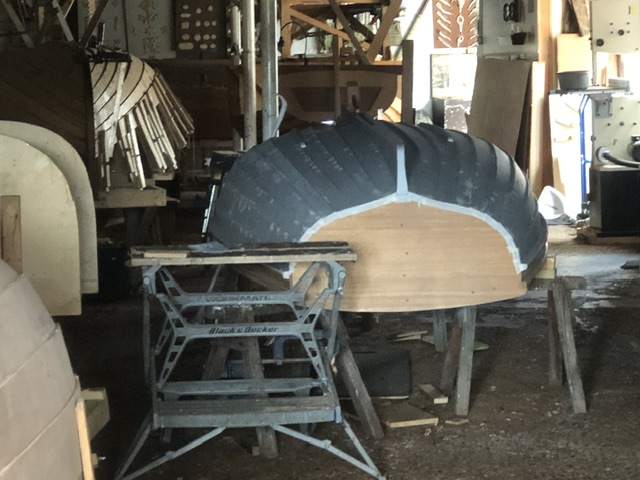
All the dinghies being built are by amateurs under the guidance of a tutor boatbuilder. The workmanship, even to my untrained eyes, looked to be very good.
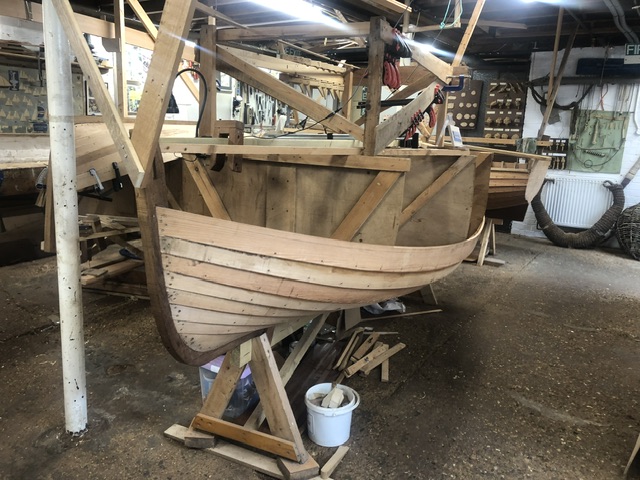
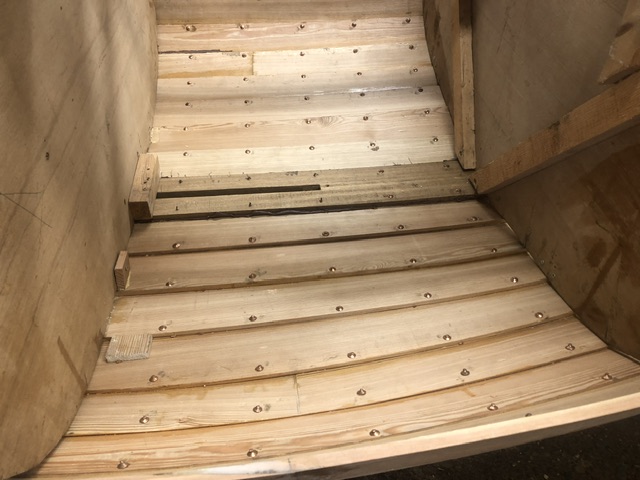
The dinghy below has reached the fitting out stage. The rubbing band and internal stringer which will support the thwarts are fitted. A centre plate case is under construction – a multi-purpose dinghy which can be sailed makes a classic tender or a boat for enjoyment.
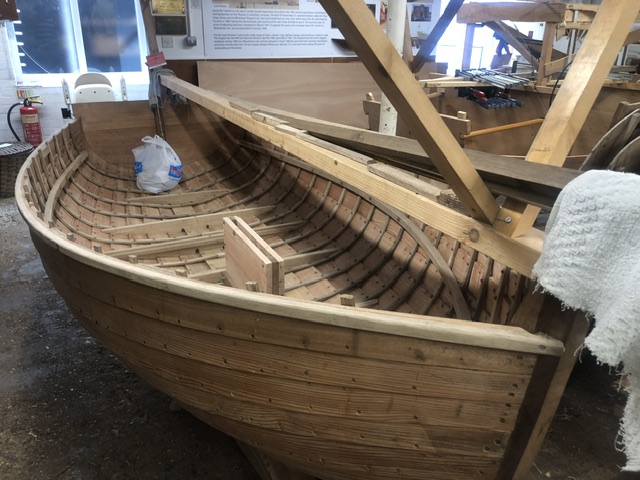
Look closely at the illustration below to see how well the plank ends fit to the transom.
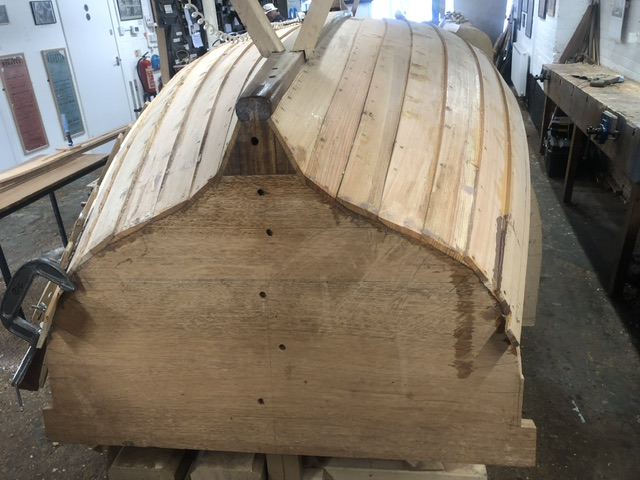
Below is a dinghy in the early stages of planking. Note the moulds over which the planks will follow. The fore and aft edges have been rebated to take the next plank overlap.
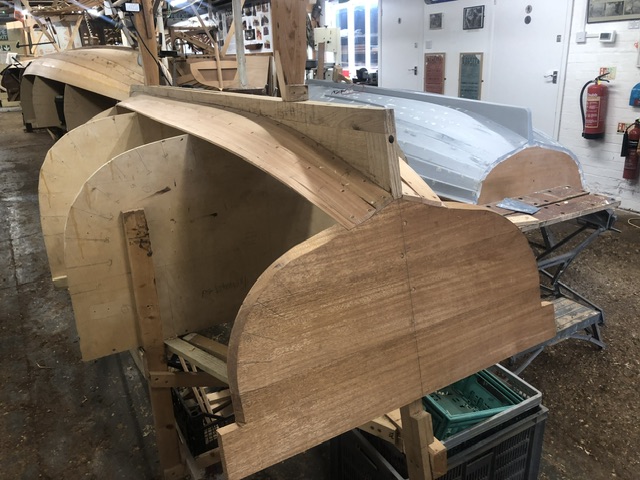
My final illustration is of a a dinghy that looks like a dinghy I once pursued myself. Ca’t remember the designers name but they are light-weight and strong.
My simulated clinker GRP dinghy is great but quite heavy – it has stood the test of time though for she is thirty this autumn!
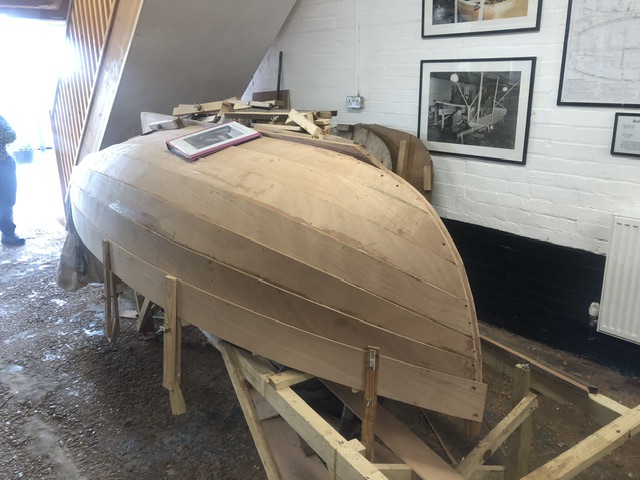
The plywood and epoxy method of construction allows the builder to dispense with the internal transverse ribs for the epoxy fillet that seals and fills the planking runs acts as longitudinal ribs. Some internal transverse timbers will be fitted though to support floor boards and such.
A centre plate slot was evident in keel timber of this little boat.
Yes, I enjoyed my walk round the little ‘boat shed’ and too the paintings upstairs where the walls are decorated by hundreds of half models of vessels built at the village’s sizeable shipyard until it closed in early 1980’s.
For more information about the institute visit their web site.
Web site of Nottage Institute: The Nottage – Maritime Institute
